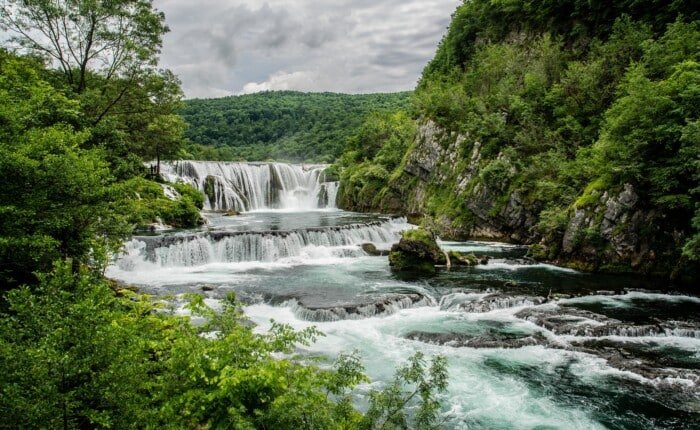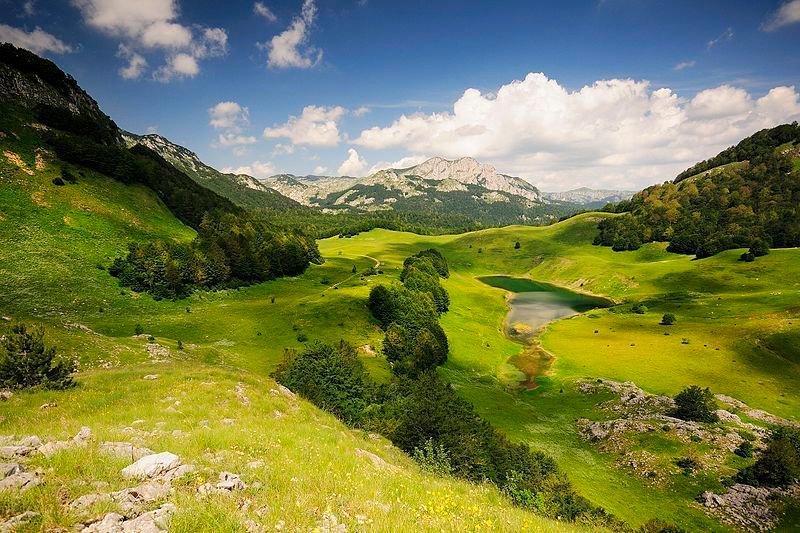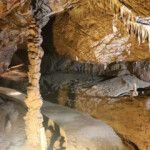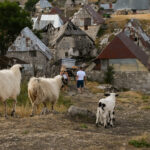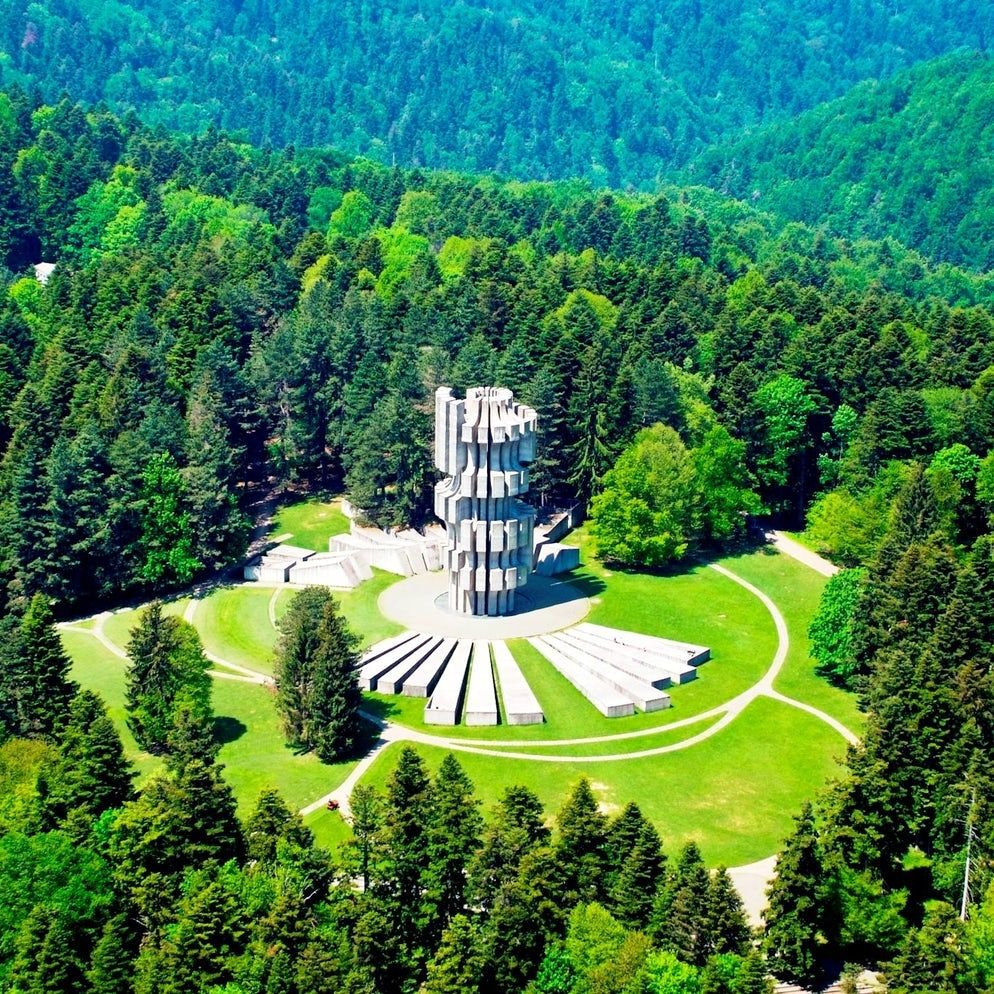Mesmerizing nature
National parks are territories meant to be conserved for posterity. In Bosnia and Herzegovina, there are four national parks.
National parks are territories of immense value for the ecosystem. Consequently, people all over the world are striving to preserve them for posterity. National parks can be either natural, semi-natural, or developed land under the jurisdiction of an independent state.
An international organization, the International Union for Conservation of Nature (IUCN) has determined the criteria for declaring national parks which include size, the importance of the ecosystem, statutory legal protection, the prohibition of exploitation, and many other characteristics. Although the IUCN defined the term national park, there are many protected areas that are called national parks even when they don’t fully correspond to the IUCN characteristics.
Some of the most famous national parks in the world are Yosemite National Park in the USA, Mount Kilimanjaro in Tanzania, Rocky Mountain National Park in Canada (the first national park in Canada was established in 1885), and many others. The world’s largest national park, meeting the IUCN definition, is the Northeast Greenland National Park, which was established in 1974.
In Bosnia and Herzegovina, there are four national parks. The Republican government declared two in the mid-twentieth century (Sutjeska and Kozara) but recently, The Bosnian government added two more (Una and Drina). Bosnia is a largely mountainous country with Dinaric Alps running through the middle separating two climate zones. Declaring some territories to be national parks in an effort to preserve them and maintain their uniqueness.
1. Una National Park
Una National Park is the biggest National Park in Bosnia and Herzegovina, covering an area of 350km2. It is situated in the northwest part of the country, commonly known as the Krajina region. The majority of the park is located in the Bihac municipality.
Una river runs through the Northwest of Bosnia and into the River Sava. The river is of exceptional value to the local people due to its natural resources, exceptional beauty, and cultural and historical heritage. For centuries the local population used the river and the surrounding area for fishing, hunting, foresting, and agriculture. In recent years, the government, as well as foreign visitors introduced some new activities such as tourism, recreation, education scientific research, etc.
There was a growing need to preserve these values so after a study conducted in 2005, the government decided to act upon it. The experts suggested the category for protection to be the Natural Park level. Therefore the state authorities finally implemented it in 2008. The park covers an area of 19.800 hectares. 13.500 hectares are in the regime of strict and aimed protection, while 6.300 hectares are under the development regime.
If you want to know more about Bihac and Krajina region or you want to know what to see in Bihac, feel free to read our article related to Bihac and Krajina.
What to see in Bihac | Don’t miss these incredible 12 places
2. Sutjeska National Park
This is the oldest national park in Bosnia and Herzegovina. It occupies the southeast of the country and spreads over 17500 hectares (175 km²). River Sutjeska runs through the valley and the park bears its name. Forests cover the majority of the park which itself is a part of the chain of the Dinaric Alps.
The mountain Maglić, the highest peak in Bosnia and Herzegovina is also a part of this Park. Likewise, mountain Zelengora is also a part of this park and is described as a place of exquisite beauty and wilderness. It wasn’t part of the frontlines during the Bosnian war so the area is clear of mines and other potential dangers.
Within this natural park is one of the last remaining primaeval forests of Europe named Perućica. The forest itself is over 20.000 years old and many trees are over 50 m. So far over 170 types of trees and bushes have been registered. Considering the forest is very dense it is impassable in certain areas.
3. Kozara National Park
This National Park is situated in the northwestern part of Bosnia with a surface area of 3.520 ha. Kozara is the name of the mountain but the Park includes other notable peaks as well: Gola Planina (876) m, Rudine (750 m), Jarcevica (740 m), Vrnovacka Glava (719 m), and others.
Like in the rest of Bosnia the climate is mild continental. Rivers Una, Sava, Sana, and the Vrbas surround the area of this national park.
Part of Kozara is also the Memorial complex. This memorial site is dedicated to the events of WWII. Axis powers occupied the territory and targeted the local insurgent forces. Therefore, together with the local civilian population, many organizers of the resistance ended up dead or in concentration camps.
4. Drina National Park
This Park is the newest addition to the list of Bosnian National Parks, established in 2017. The surface area extends over 6.325 hectares. The park sits in Eastern Bosnia, near Srebrenica. Just on the other side of the river Drina, in Serbia, there is the National Park Tara. River Drina is the Eastern border of Bosnia and it separates it from neighbouring Serbia.
Its main characteristics are biodiversity and geomorphological specificities. It is home to many animal species and endemic plants. Some notable animals include the brown bear (Ursus arctos), mountain goat (Rupicapra), and golden eagle (Aquila chrysaetos).
We are sincerely hoping that this blog post helped you to understand the beauty and the potential that is present in Bosnia and Herzegovina. We are a really small country that has a lot to offer, and these 4 really magnificent National Parks can vouch for that. So, every time you come to Sarajevo, or anywhere in Bosnia and Herzegovina, make sure to read our “4 Magnificent National Parks of Bosnia and Herzegovina” and save time spent on Google searching for interesting and amazing locations you can visit while in our country.
Also, we invite you to check out our tours and maybe you will find something interesting for yourself.
If you are a traveller who would like to add something to our list, or you know some amazing facts about this city, make sure you contact us with the message subject “National parks”. Looking forward to hearing from you!
Follow us on our Facebook and Instagram accounts where we regularly post our activities or get in touch with us and we will be your tour guides.


